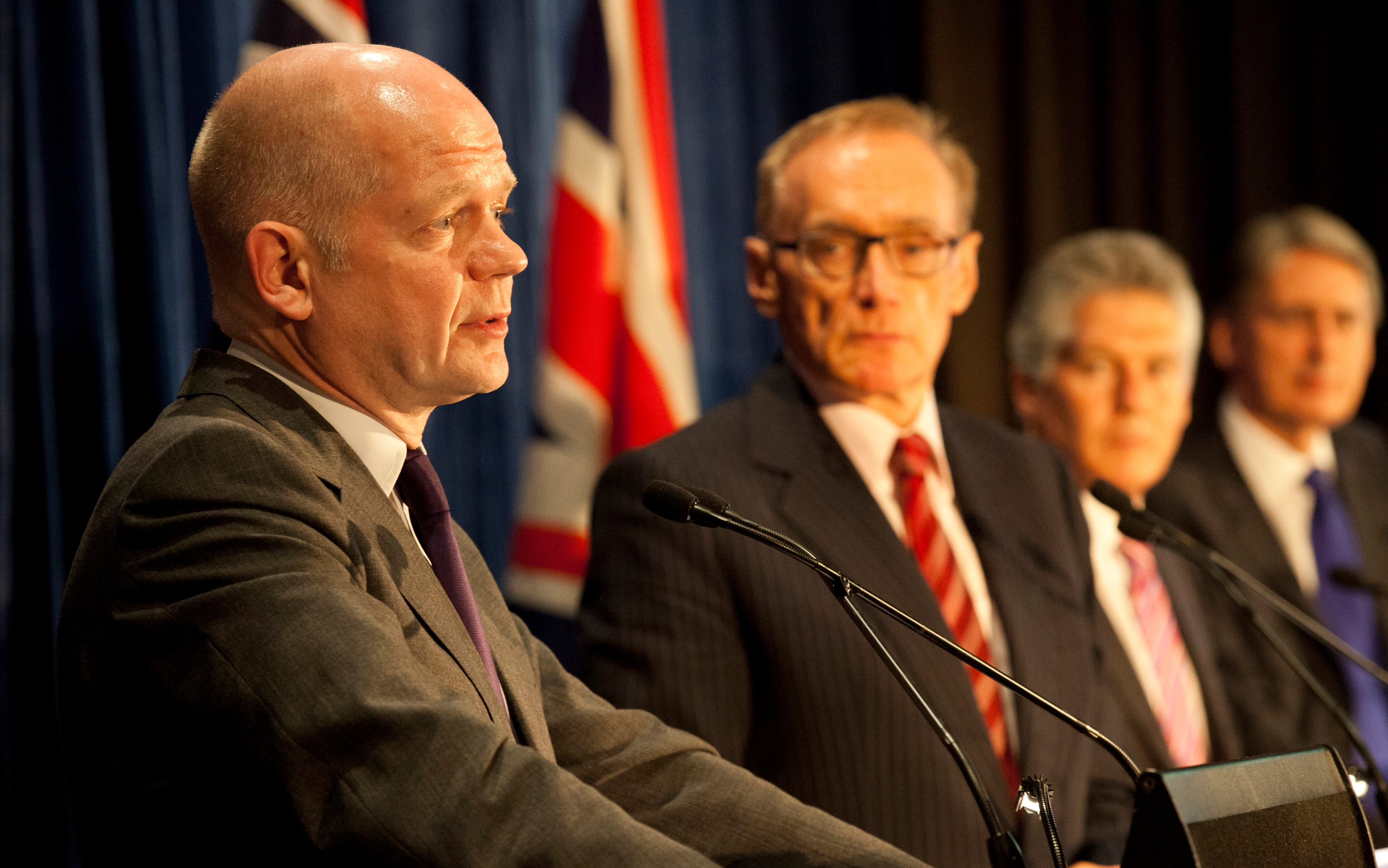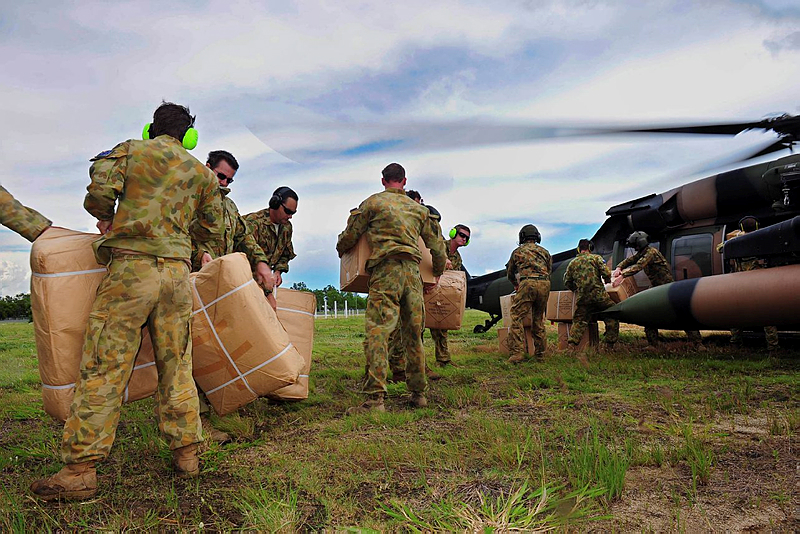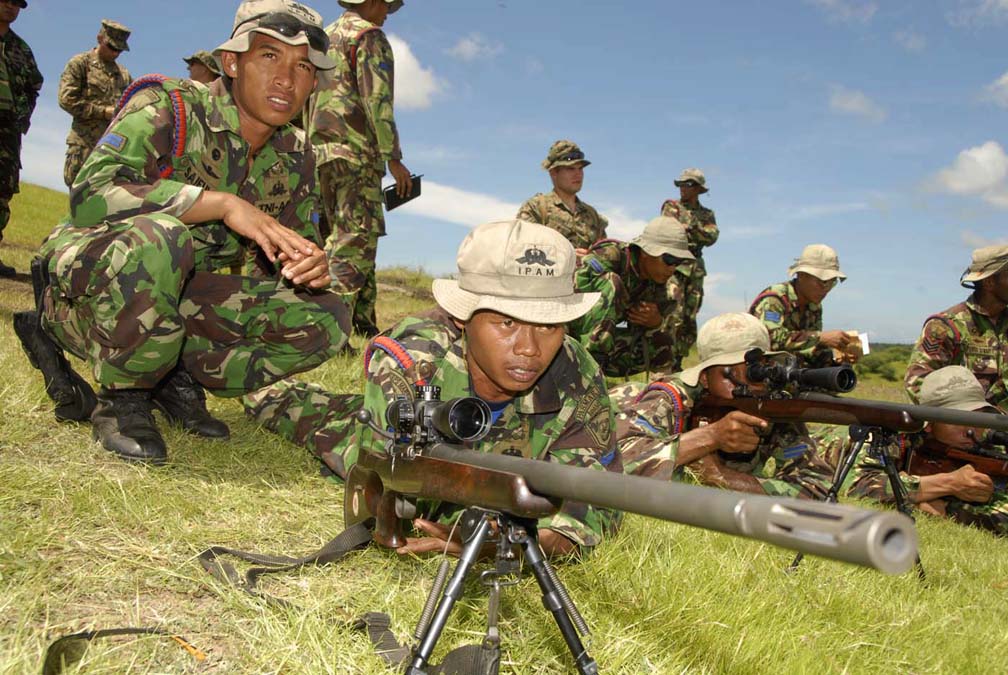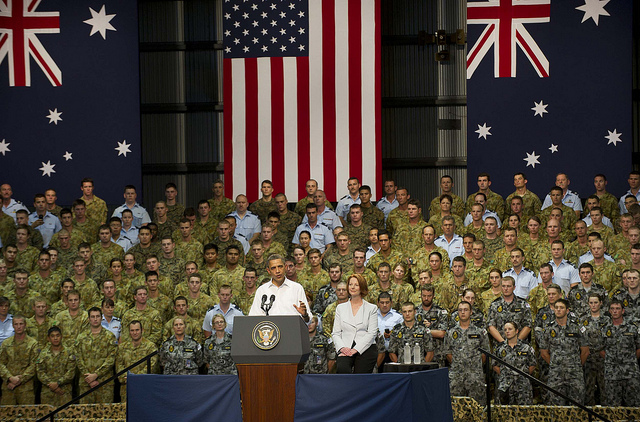What is the strategic environment telling us about what the ADF needs to be able to do?
Andrew Davies has taken me to task on one part of my reply to Nic Stuart’s post on the use of reserve forces in the ADF. How do I plead? Not guilty, your Honour.
Apart from the discussion on the efficacy of Reserves, I made one simple point and I stand by that point. There is no point in coming up with single solutions such as a greater use of the Reserves, a sub or JSF or amphib-heavy force until there has been an assessment of the strategic environment. Rule No 1 for Force Structuring: It does not matter what you put in your force structure if you don’t know why you are force structuring.
An assessment of the strategic environment should and can produce an answer to the question that defence bureaucrats (in and out of uniform) have failed to address since I started looking at strategic guidance in 1976: What is it that you want the ADF to do? The consistent failure to answer this question effectively has produced decades of dysfunctional ADF force structure and inter-Service fighting. The failure by bureaucrats and politicians to link policy and strategy through some form of operational statement (ie what is it that the ADF is supposed to do) to tactics and materiel has meant that the ADF has never been able to operationally achieve the strategy (often implied) that emanates from policy. The only reason that this is not blindingly obvious is that Australia has not been tested. When the US was dominant and most world strategic problems occurred far, far away, perhaps this mattered less. Now it does matter. Read more









